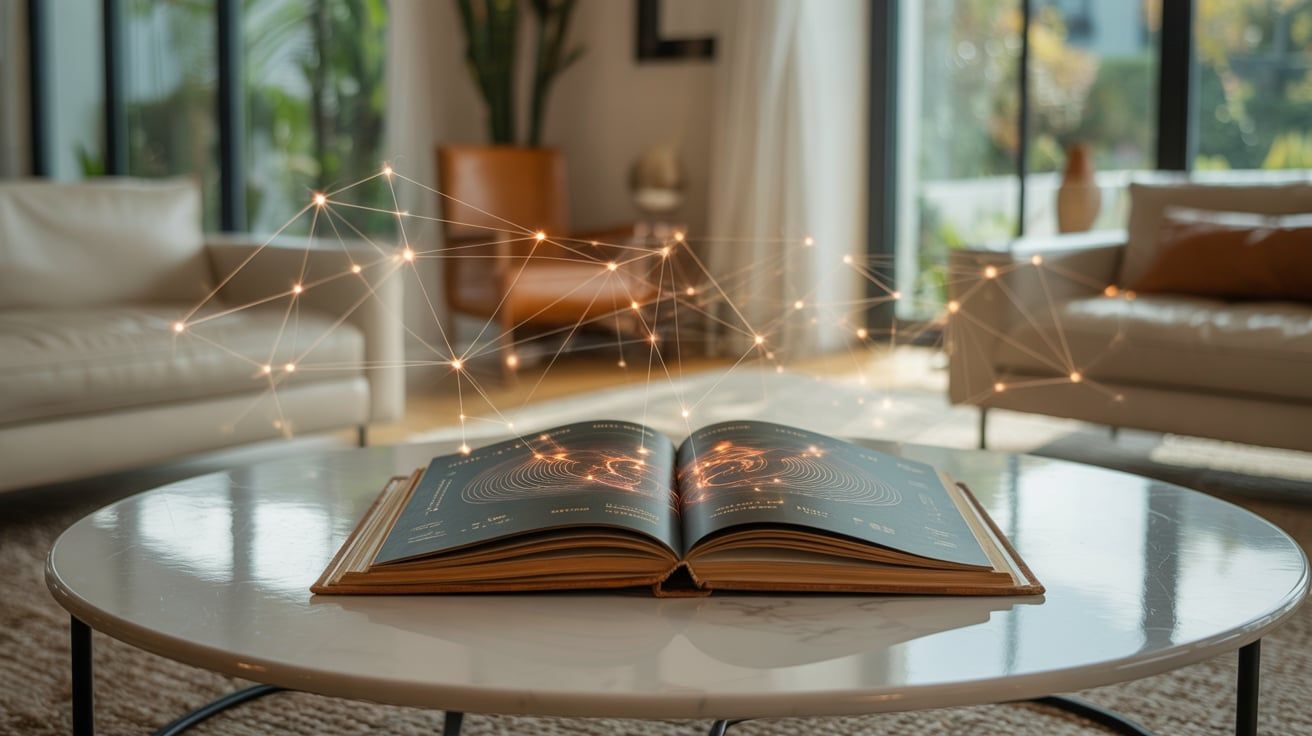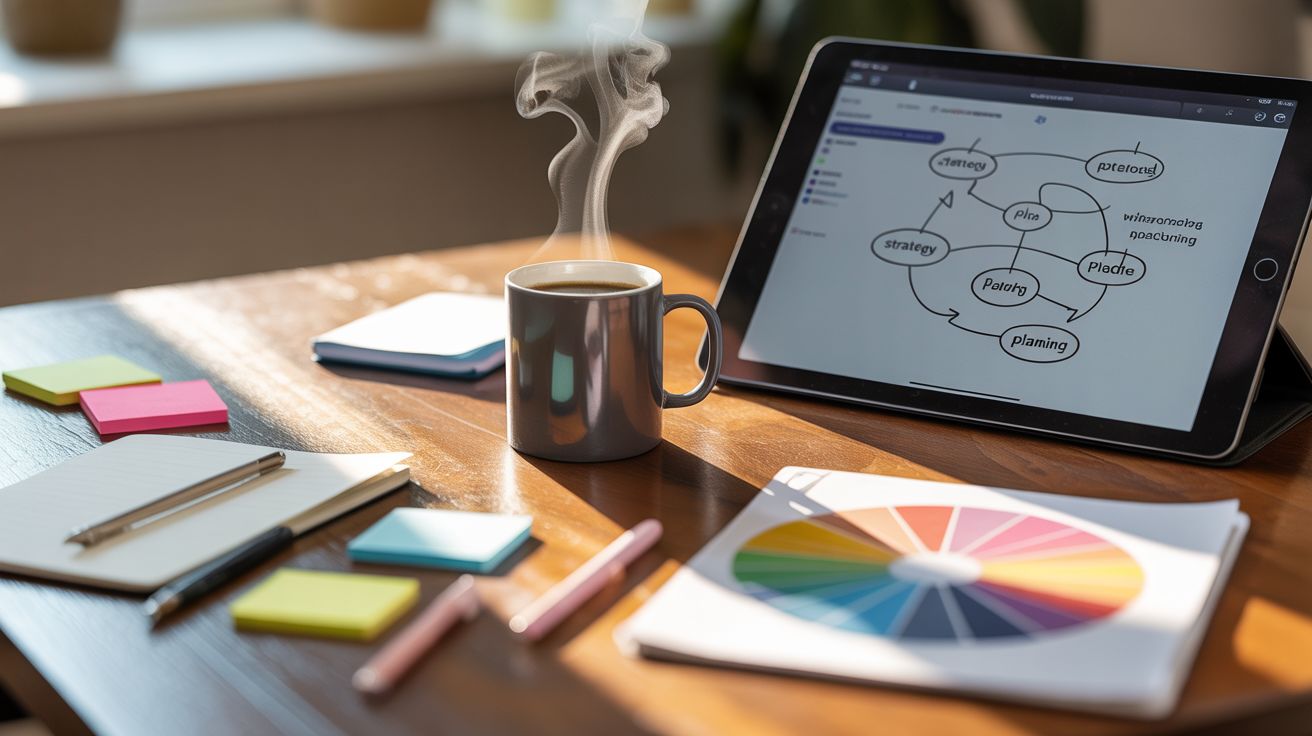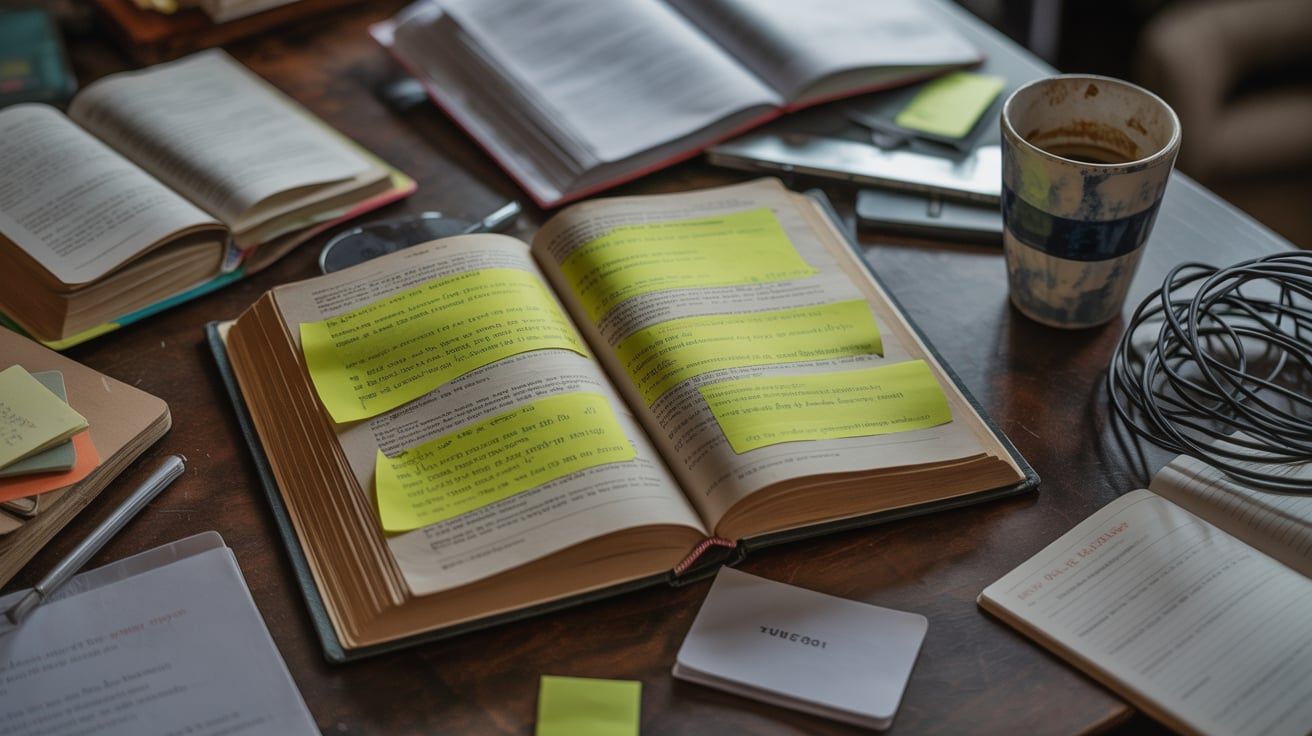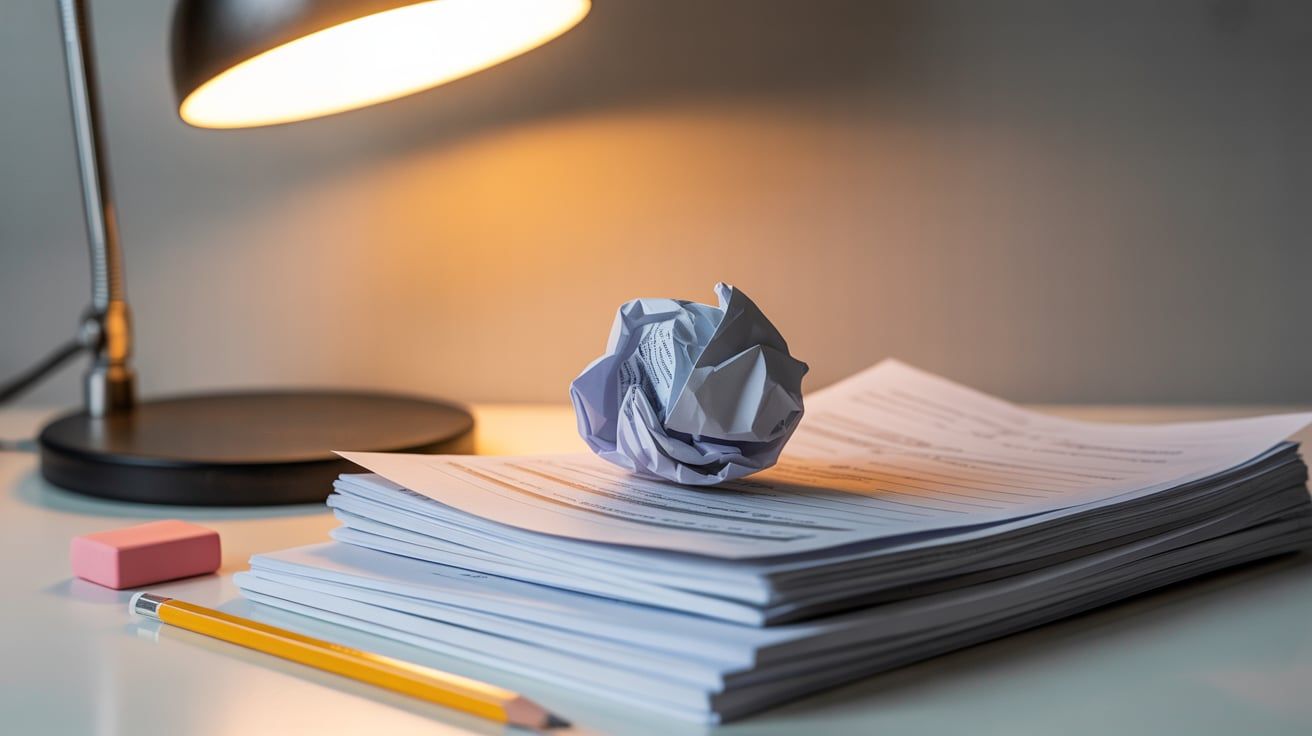The Memory Palace: How to Remember Anything Using Your House
Have You Ever Forgotten Something Important?
Imagine you're giving a presentation, and suddenly, your mind goes blank. The carefully crafted points you rehearsed vanish into thin air, leaving you stammering and flustered. Or perhaps you're taking an exam, and a crucial formula you knew just moments before is now completely inaccessible. We've all been there. The frustration of forgetting something important is a universal experience. But what if there was a way to significantly reduce those moments of mental blankness and unlock a near-photographic memory? The answer might be closer than you think – it's in your house.
The Memory Palace, also known as the Method of Loci, is an ancient mnemonic technique that leverages your spatial memory to recall information. It's a powerful tool that can be used to enhance your learning, improve your study habits, and even boost your performance in various courses. By associating information with specific locations in a familiar environment, like your home, you can create a mental map that allows you to retrieve information with remarkable ease. Let's explore how this fascinating technique works and how you can start building your own Memory Palace today.
What Exactly is a Memory Palace?
At its core, a Memory Palace is a mental construct – a virtual space that you create in your mind. This space is typically a familiar location, such as your house, apartment, or even a route you frequently travel. The key is that you know the layout of this location intimately. Within this mental space, you strategically place images or associations that represent the information you want to remember. Think of it as creating a visual story within your house, where each room and object holds a piece of the narrative.
The beauty of the Memory Palace lies in its ability to tap into our brain's natural inclination for spatial memory. We are inherently good at remembering places and navigating our surroundings. By linking abstract information to concrete locations, we make it easier for our brains to encode and retrieve that information. This technique has been used for centuries, dating back to ancient Greece, and continues to be a valuable tool for anyone looking to improve their memory and learning capabilities. It's a skill that can be honed and refined with practice, leading to significant improvements in recall and retention.
Choosing Your Ideal Memory Palace
The first step in building your Memory Palace is selecting the right location. As mentioned earlier, the ideal location is one that you know extremely well. Your house or apartment is often the best choice because you're intimately familiar with its layout and the objects within it. However, you could also use your childhood home, your workplace, or even a fictional location from a book or movie, as long as you can vividly visualize it in your mind. The more detailed and familiar the location, the more effective your Memory Palace will be.
Once you've chosen your location, take some time to mentally walk through it. Pay attention to the details: the colors of the walls, the placement of furniture, the sounds you might hear. The more sensory details you can incorporate, the stronger your mental map will be. It's also helpful to establish a specific route through your Memory Palace. This route will serve as the framework for organizing your information. For example, you might start at the front door, move through the living room, into the kitchen, and so on. Consistency is key – always follow the same route to ensure you can easily retrieve the information you've stored.
Creating Vivid Associations
Now comes the fun part: creating associations between the information you want to remember and the locations in your Memory Palace. This is where your creativity comes into play. The more vivid, bizarre, and memorable your associations, the better. Don't be afraid to use humor, exaggeration, or even absurdity to make your images stick. For example, if you need to remember the name "Mr. Baker," you might imagine a giant loaf of bread sitting on your kitchen counter, wearing a tiny hat and apron.
The key is to make the associations as concrete and sensory as possible. Instead of just thinking about the word "apple," imagine biting into a crisp, juicy apple, feeling the texture, and tasting the sweetness. The more senses you engage, the stronger the connection will be. Also, try to make the associations interactive. Imagine the apple rolling across the floor, bouncing off the furniture, or even talking to you. The more dynamic and engaging your associations, the easier they will be to remember. This skill is invaluable for anyone taking courses or engaging in serious study.
Walking Through Your Memory Palace
Once you've created your associations, it's time to take a mental walk through your Memory Palace. As you mentally move from one location to the next, visualize the associated images in each location. Spend some time focusing on each image, reinforcing the connection between the location and the information. The more you practice this mental walk, the stronger the connections will become, and the easier it will be to retrieve the information later.
It's also helpful to test yourself regularly. After you've walked through your Memory Palace a few times, try to recall the information without looking at your notes. See if you can remember the images and their corresponding locations. If you struggle to recall a particular image, revisit that location in your Memory Palace and reinforce the association. Regular practice and testing are essential for solidifying the information in your long-term memory. This is a crucial aspect of effective learning and can significantly improve your performance in any field.
Applying the Memory Palace to Learning
The Memory Palace is a versatile tool that can be applied to a wide range of learning situations. Whether you're studying for an exam, learning a new language, or trying to memorize a speech, the Memory Palace can help you retain information more effectively. For example, if you're studying history, you could associate key events with different locations in your Memory Palace. Imagine the signing of the Declaration of Independence taking place in your living room, with the Founding Fathers gathered around your coffee table.
Similarly, if you're learning a new language, you could associate new vocabulary words with specific objects in your house. For example, if you're learning the Spanish word for "table" (mesa), you could imagine a giant mesa (a flat-topped hill) sitting on your dining room table. The possibilities are endless. The key is to be creative and to find associations that resonate with you. By incorporating the Memory Palace into your study routine, you can transform the learning process from a chore into an engaging and enjoyable experience. Many online courses even incorporate memory techniques to enhance the learning experience.
Expanding and Refining Your Memory Palace
As you become more comfortable with the Memory Palace technique, you can start to expand and refine your system. You can create multiple Memory Palaces for different subjects or types of information. For example, you might have one Memory Palace for history, another for science, and another for languages. You can also create sub-palaces within your main Memory Palace, using specific rooms or areas to store related information. The more you use the Memory Palace, the more personalized and efficient it will become.
Another way to refine your Memory Palace is to experiment with different types of associations. Try using different sensory modalities, such as smell, taste, and touch, to create even more vivid and memorable images. You can also try using different types of mnemonic devices, such as acronyms or rhymes, to help you remember the information. The key is to find what works best for you and to continuously adapt and improve your system. Remember, the Memory Palace is a tool that can be customized to fit your individual learning style and needs. Developing these skills will be beneficial throughout your life.
The Power of Consistent Practice
Like any skill, the Memory Palace technique requires consistent practice to master. Don't expect to become a memory expert overnight. Start small, with a manageable amount of information, and gradually increase the complexity as you become more confident. The more you practice, the easier it will become to create vivid associations and to navigate your Memory Palace. Set aside dedicated time each day or week to practice your memory skills. Even just a few minutes of practice can make a significant difference over time.
Remember, the Memory Palace is not just a memory technique; it's a way of training your brain to think more creatively and to make connections between seemingly unrelated pieces of information. By consistently practicing the Memory Palace, you're not just improving your memory; you're also enhancing your cognitive abilities and developing valuable skills that can benefit you in all areas of your life. Consider exploring different study techniques and memory enhancement courses to further develop your abilities.
Unlock Your Memory Potential Today
The Memory Palace is a powerful tool that can transform the way you learn and remember information. By leveraging your spatial memory and creating vivid associations, you can unlock your memory potential and achieve remarkable feats of recall. It's a skill that can be learned and honed with practice, and the benefits are well worth the effort. Imagine being able to confidently recall names, dates, facts, and figures with ease. Imagine acing your exams, delivering flawless presentations, and impressing your friends and colleagues with your incredible memory.
So, what are you waiting for? Start building your Memory Palace today! Choose a familiar location, create vivid associations, and practice your mental walks. With consistent effort and dedication, you'll be amazed at what you can achieve. Explore online resources, books, and courses to learn more about the Memory Palace and other memory techniques. Invest in your learning and unlock your full potential. Your journey to a better memory starts now!



